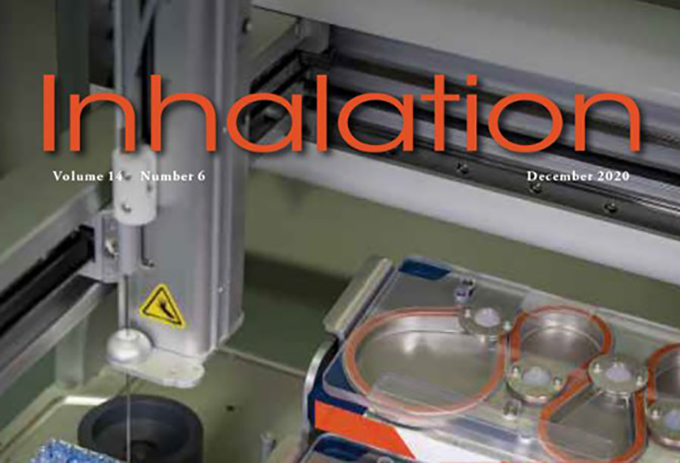Biologics, encompassing a diverse range of large and complex molecules such as proteins, peptides, and nucleic acids, differ significantly from conventional small drug molecules in their delivery challenges. Nasal drug delivery systems for biologics must account for the inherent properties of these large molecules – their size, intricate structure, and particularly their sensitivity to environmental stressors. This sensitivity poses a substantial challenge in ensuring the stability and efficacy of the drug during both formulation and delivery.
The process of formulating biologics for nasal administration requires meticulous consideration of factors such as pH, osmolality, and the incorporation of stabilizing agents. Adjusting these formulation properties is crucial to maintain the structural integrity of the biologic molecules, which is directly linked to their clinical efficacy and safety. For instance, the pH of the formulation can significantly affect the solubility and stability of the biologic, while appropriate osmolality ensures compatibility with the nasal environment, reducing irritation and improving absorption.
Moreover, the development of nasal drug delivery systems for biologics also necessitates a focus on optimizing the deposition and permeation of the drug within the nasal cavity. The intricate anatomy and physiology of the nasal cavity, with its limited surface area and unique mucosal properties, require tailored approaches to ensure effective drug absorption. This aspect is particularly crucial for biologics, given their size and complexity. Strategies such as the use of absorption enhancers, mucoadhesive compounds, or particulate systems like liposomes and nanoparticles are being explored to improve intranasal drug delivery.
Another pivotal aspect of nasal drug delivery of biologics is the stress imposed on these molecules during both formulation and delivery. Stressors such as shear forces during mixing, temperature fluctuations, and exposure to light can lead to denaturation or degradation of biologics, impacting their therapeutic efficacy. Therefore, the development of gentle processing techniques and protective formulation strategies is essential.
The discussion extends to the exploration of alternative drug delivery systems and device types suited for biologics. This includes the advancement in devices for administering nasal powders, sprays, and gels, each offering unique advantages in terms of ease of use, dosage accuracy, and patient compliance. The selection of an appropriate device type is crucial for maximizing the therapeutic benefits of the biologic while ensuring patient comfort and adherence to treatment.
Furthermore, the production processes for these nasal drug delivery systems are equally important. Techniques such as spray drying and freeze-drying are commonly employed for creating stable, inhalable powder forms of biologics. Each technique has its pros and cons, and the choice depends on the specific requirements of the biologic molecule in question.
In conclusion, the field of nasal drug delivery for biologics is an exciting and rapidly developing area in pharmaceutical sciences. It holds great promise for the effective and patient-friendly delivery of large and complex drug molecules. However, this field also presents unique challenges in terms of formulation stability, drug deposition, and permeation, necessitating innovative approaches in both formulation and device design. As research in this area continues to expand, it is expected to significantly impact the future of drug delivery and patient care, particularly for those requiring frequent and efficient administration of biologics.
Learn more about Aptar Pharma Expertise
in Nasal Drug Delivery
This Might Also Be of Interest

Nasal Drug Delivery: Past, Present and Future Perspectives
Publications, Pharmaceutical, Innovation & Insights, Drug Delivery Innovations, Brand Differentiation, Market Insights, Product Solutions

Exploring the role of EI in partnerships for OINDP development
Publications, Pharmaceutical, Innovation & Insights, Drug Delivery Innovations, Brand Differentiation, Market Insights, Product Solutions, Sustainability

The Need to Scale Up Digital Health in the Post-Covid World
Webinars, Pharmaceutical, Innovation & Insights, Drug Delivery Innovations, Brand Differentiation, Market Insights, Product Solutions
Using Bioequivalence and Particle Size Distribution to Develop OINDPs
Publications, Pharmaceutical, Innovation & Insights, Drug Delivery Innovations, Product Solutions

